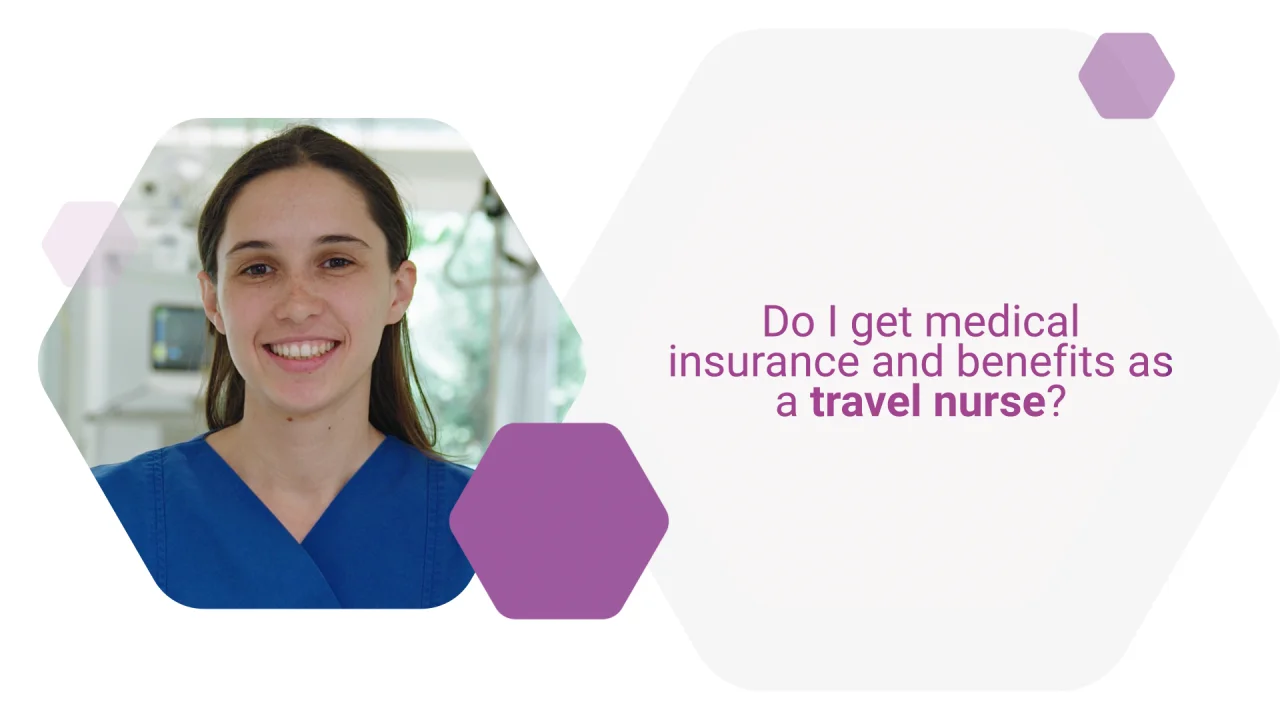Medicare Advantage Agent for Dummies
Medicare Advantage Agent for Dummies
Blog Article
Excitement About Medicare Advantage Agent
Table of ContentsSome Known Details About Medicare Advantage Agent What Does Medicare Advantage Agent Mean?The 45-Second Trick For Medicare Advantage Agent

follows from adheres to the puzzling young reasonably profile of account uninsured with without insurance better healthFar better health and wellness average, of younger persons. For those without access to work environment health insurance coverage, inadequate health is a potential barrier to purchasing nongroup coverage due to the fact that such protection might be very priced, omit pre-existing problems, or be just inaccessible. Unless otherwise noted, nationwide estimates of individuals without wellness insurance and proportions of the population with different kinds of protection are based on the CPS, the most widely utilized resource of estimates of insurance policy protection and uninsurance prices.

What Does Medicare Advantage Agent Do?
The partnership in between health and wellness insurance policy and access to care is well developed, as documented later in this phase. The relationship in between health and wellness insurance coverage and wellness outcomes is neither direct nor simple, a comprehensive scientific and health solutions study literature links health and wellness insurance protection
to improved better accessibility care, better far betterTop quality and improved personal and population health statusCondition The second report, on personal health and wellness results for uninsured grownups, is stood for by the inner circle of the number, while the 3rd record, on family wellness, encompasses the topics of the 2nd report yet emphasizes a different system of analysis, specifically, the family.
Furthermore, it focuses especially on those with no medical insurance for any type of length of time. The troubles encountered by the underinsured remain in some aspects comparable to those encountered by the without insurance, although they are typically much less serious. Uninsurance and underinsurance, however, include distinctly various plan problems, and the techniques for resolving them might vary. Throughout this research study and the five reports to follow, the major focus gets on persons without wellness insurance policy and thus no assistance in paying for healthcare past what is readily available with charity and security net organizations. Medical insurance is an effective variable affecting receipt of care because both patients and doctors react to the out-of-pocket rate of services. Wellness insurance coverage, nevertheless, is neither needed neither enough to access to medical services. Nonetheless, the independent and direct effect of health
insurance coverage on access to health solutions is well developed. Others will obtain the health and wellness treatment they require even without medical insurance, by paying for it out of pocket or seeking it from companies who supply care cost-free or at extremely subsidized prices. For still others, health and wellness insurance coverage alone does not guarantee receipt of treatment since of various other nonfinancial obstacles, such as a lack of healthcare companies in their neighborhood, limited accessibility to transportation, illiteracy, or etymological and social distinctions. Official study concerning without insurance populaces in the United States dates to the late 1920s and early 1930s when the Board on the Cost of Treatment created a series of records about funding medical professional workplace visits and hospitalizations. This problem ended up being significant as the numbers of clinically indigent climbed during the Great Depression. Empirical researches continually sustain the web link between accessibility to care and boosted health outcomes(Bindman et al., Check This Out 1995; Starfield, 1995 ). Having a routine resource of treatment can be taken into consideration a predictor of gain access to, instead of a straight procedure of it, when health end results are themselves used as accessibility signs. This expansion of the concept of gain access to measurement was made by the IOM Committee on Keeping An Eye On Gain Access To to Personal Health Care Solutions(Millman, 1993, p. Whether moms and dads are guaranteed appears to impact whether or not their children receive treatment in addition to just how much careeven if the kids themselves have protection(Hanson, 1998). The wellness of moms and dads can affect their capability to care for their kids and the degree of family stress and anxiety. Fretting about their kids's access to care is itself a resource of stress for moms and dads. Three chapters comply with in this report. Phase 2 supplies a review of exactly how employment-based medical insurance, public programs and specific insurance coverage operate and engage to offer extensive but insufficient coverage of the united state populace. This consists of an evaluation of historic fads and public laws impacting both public and personal insurance, a discussion of the communications amongst the learn this here now different sorts of insurance policy, and an examination of why people relocate from one program to one more or finish up

Report this page